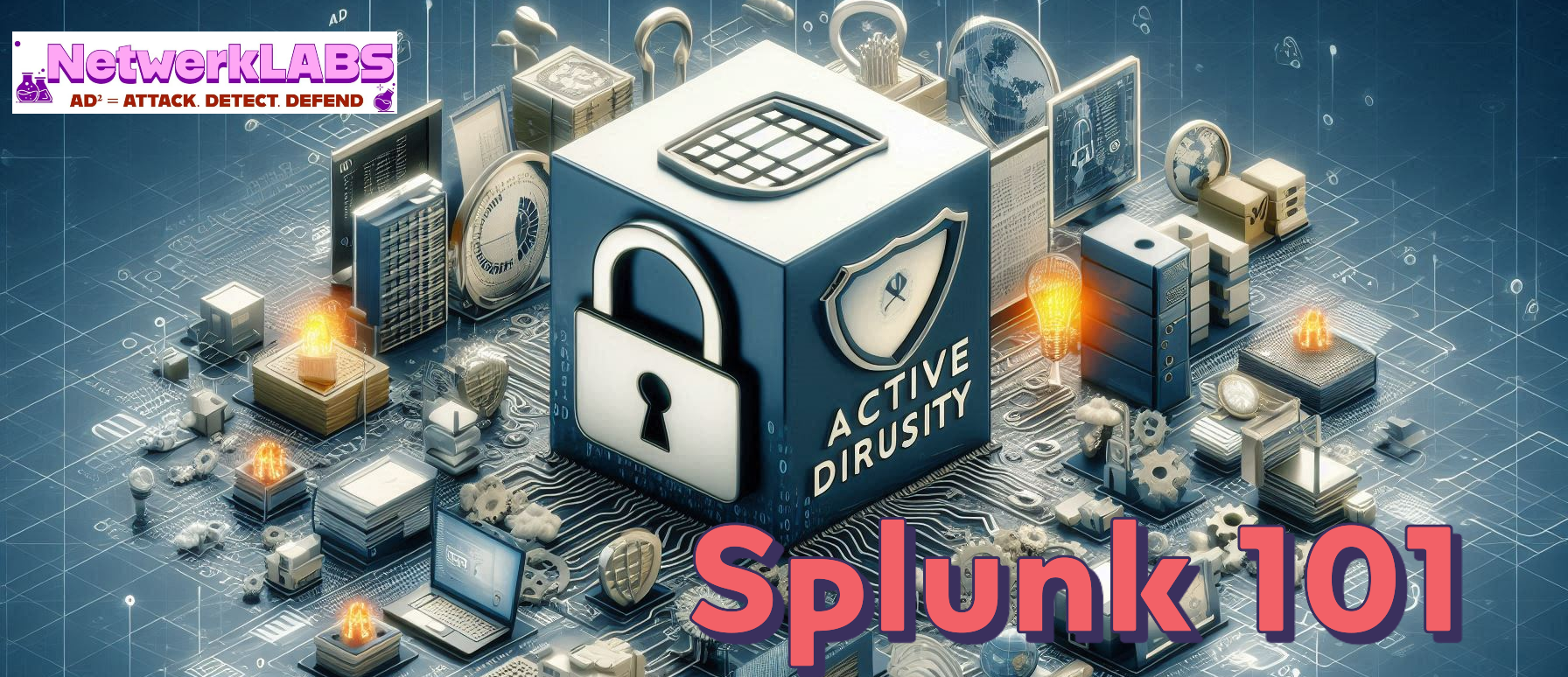Install Docker on ParrotOS
Views: 411Docker Setup on ParrotOS 6.3 In this tutorial, we’ll walk you through a foolproof, up-to-date method for getting Docker up and running on the latest release of Parrot OS (March, 2025).Because there’s no official release from Parrot OS (cmiiw), you need to install based on debian. Step 1: Remove any Incorrect Docker Repository Step 2: Add Docker’s Official … Read more









